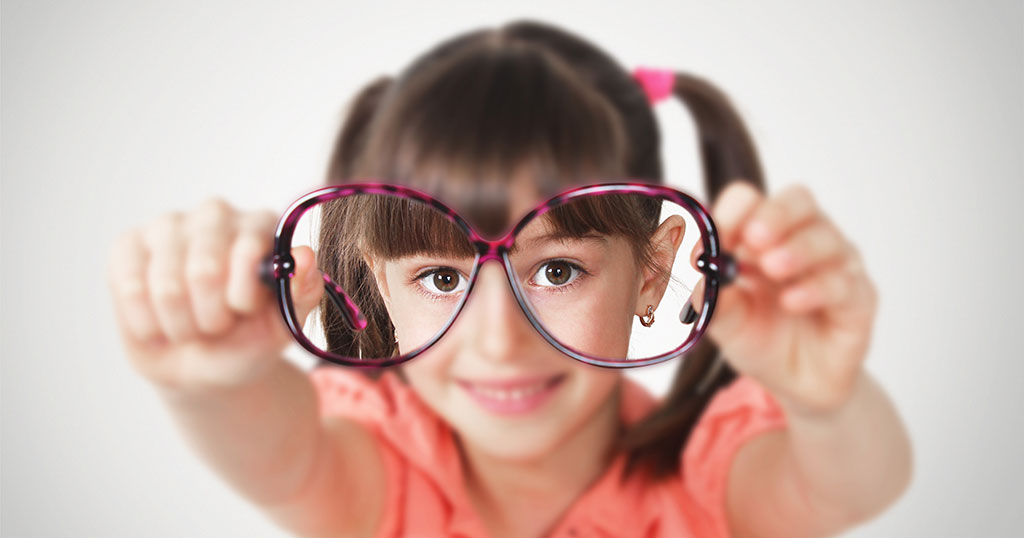
Signs that your child has a vision problem
A child’s education, development, future job, self-esteem, and confidence are all linked to good vision. 80% of a child’s learning takes place visually, and 1 in 5 of them has a vision issue that interferes with their ability to learn, according to the American Optometric Association.
Following are some learning impairments linked to eyesight issues:
- spoken language – delays in speech development and speech disorders.
- written language – the ability to read, write, and spell.
- mathematics – the ability to reason.
When diagnosed and treated in the early stages of development, notably between the ages of 2 and 5, as well as up to the age of 7, the majority of visual impairments that affect young children’s learning can be successfully treated.
Parents, teachers and paediatricians should focus on the early detection and identification of the signs that a child might have a visual problem. These early signs include:
- holding a book close to face to be able to read
- covering one eye to focus more clearly
- tilting the head to see more clearly
- seeing double images
- rubbing the eye or blinking a lot
- an eye that turns in or out
- regular headaches
- struggling with hand writing
- avoiding reading
- poor performance in school
- short attention span
- difficulty in remembering things
- emotional and developmental immaturity
- high levels of frustration and irritability
If the child displays or complains about any of these symptoms, please take your child to a paediatric ophthalmologist (children’s eye doctor) for an assessment and appropriate treatment.